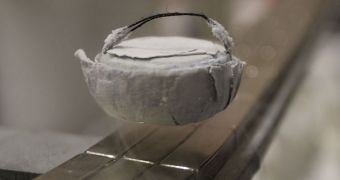Over the past few years, making more sense of superconductivity in complex copper oxides has been one of the most avidly researched areas of physics. Now, investigators provide more insight into this phenomenon, by discovering an entirely new type of magnetic waves at action in the material.
The group that made the findings was made up of researchers from around the world. Physicists at the University of Minnesota College of Science and Engineering led the endeavor, which managed an important breakthrough in the field.
High-temperature superconductivity is a mysterious phenomenon in itself. That is to say, it appears in certain materials, but only after a range of environmental conditions are met, such as for example elevated temperatures.
While studying the reasons why this happens, physicists from China, the United States and Germany stumbled upon a new type of magnetic wave involving oxygen atoms, that had never been seen before.
“Following the Nobel-Prize winning discovery of high-temperature superconductivity in complex copper-oxide materials in the mid 1980s, the effort to understand this phenomenon has been one of the major scientific challenges in the field of physics for the past quarter century, with more than 100,000 publications on the topic,” Martin Greven says.
The expert is the lead author of the new study, details of which appear in the November 11 issue of the top scientific journal Nature. The paper will also appear in an upcoming issue of the esteemed journal Science. Greven is based at the UM School of Physics and Astronomy, where he is an associate professor.
“While the commercialization of these complex copper-oxide materials, in the form of superior electric wires, has recently begun, physicists have not yet been able to solve the mystery of why these exotic materials are superconducting in the first place,” the team leader adds.
“The materials’ unusual magnetism is often argued to be responsible for their superconductivity,”Greven argues. He explains that the new investigation revolved around hitting copper-oxide crystals with beams of neutrons at high intensity, Science Blog reports.
“We believe that our discovery sheds new light on this hotly debated subject of superconductivity,” the expert goes on to say. He adds that the unusual magnetic waves involving oxygen atoms were discovered as neutrons were scattering from the crystals, after impact.

 14 DAY TRIAL //
14 DAY TRIAL //